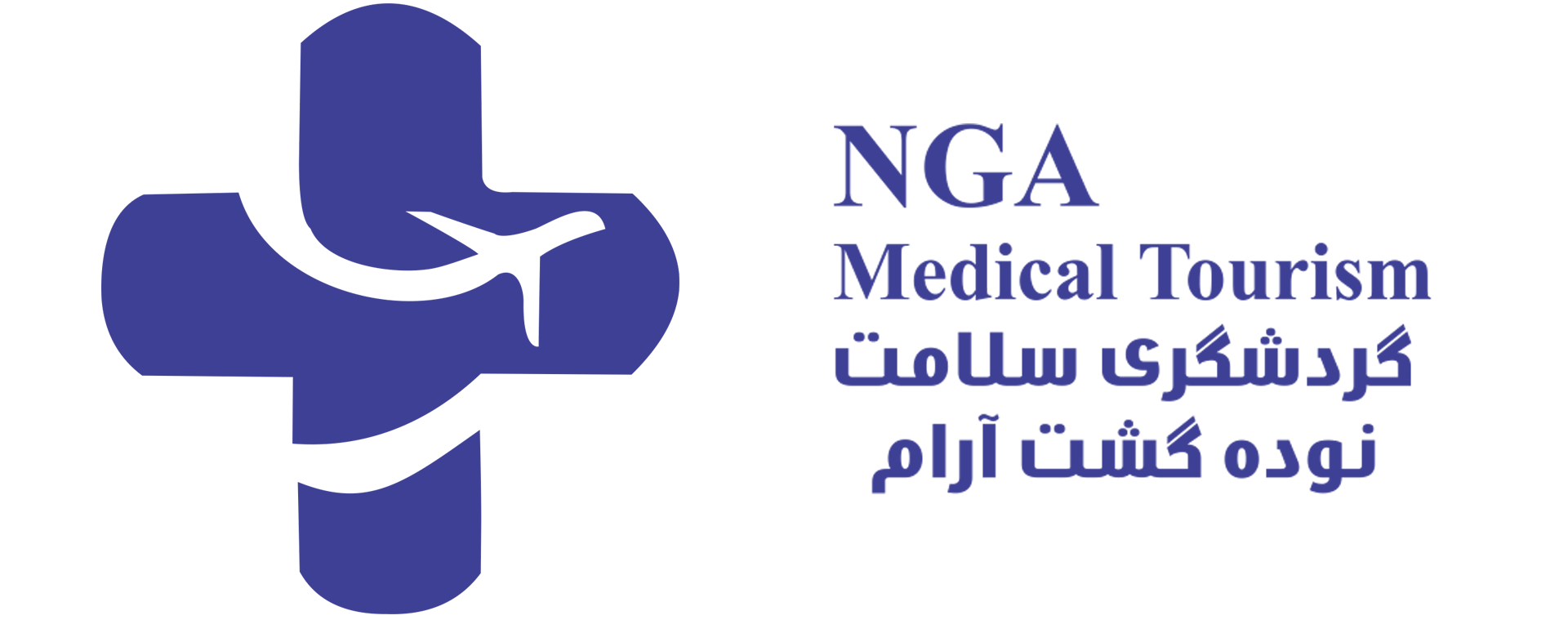All Departments
- Aortic valve stenosis (Aortic stenosis)
- arteriovenous malformations
- Avascular Necrosis
- Best cosmetic dentistry in Iran| Dental Treatment in Iran
- Breast Augmentation in Iran|Breast implant in iran
- Breast Reduction surgery
- Cancer in Iran: oncology in Iran
- Cardiology
- Cataract surgery in Iran
- Cochlear Implant Surgery in Iran
- Cosmetic Laser
- Cosmetic Surgery
- Ear cosmetic surgery
- Eye Care
- Eyelid surgery (Blepharoplasty)
- General Heart Surgery in Iran
- General surgery in Iran
- Glaucoma Treatment In Iran
- Hair Transplant
- Heart valve surgery
- lasik Eye Surgery
- Liposuction
- Non-Surgical Cosmetic procedures in iran
- Organ Transplantation in Iran
- Orthopedic
- Paget disease of bone
- Pediatrics
- Plastic surgery
- Psychiatry
- Radiology
- Rhinoplasty surgery in iran
- Shoulder Replacement Surgery
- SkinCare Treatment
- Spinal cord injury
- urolithiasis procedure in iran
- Urology
- Varicocelectomy
Emergency Cases
+982144769108Opening Hours
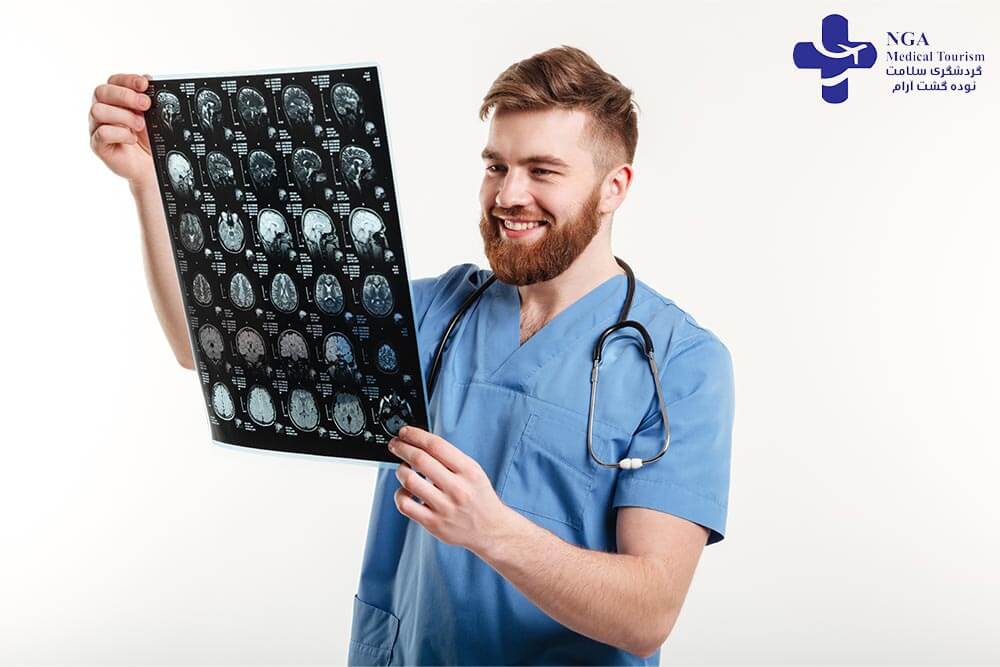
Radiology


Choosing Iran for radiology services offers a compelling combination of cutting-edge technology, experienced radiologists, cost-effectiveness, and a growing focus on medical tourism. With state-of-the-art equipment, highly skilled professionals, and a more affordable healthcare system, Iran is emerging as an attractive destination for those seeking accurate diagnostic imaging. Additionally, the country’s commitment to quality healthcare and the opportunity to explore its rich cultural heritage make it a viable choice for international patients in search of top-notch radiology services within a unique cultural setting.
Radiology in Iran is a critical field within the country’s healthcare system. This specialized branch of medicine focuses on diagnosis and imaging for the detection of diseases and medical conditions using advanced technologies such as radiography, ultrasound, computed tomography (CT), and magnetic resonance imaging (MRI). Iran has well-equipped imaging centers and experienced radiology teams that utilize the latest technologies to provide diagnostic images, which play a vital role in helping healthcare professionals diagnose and treat patients effectively.
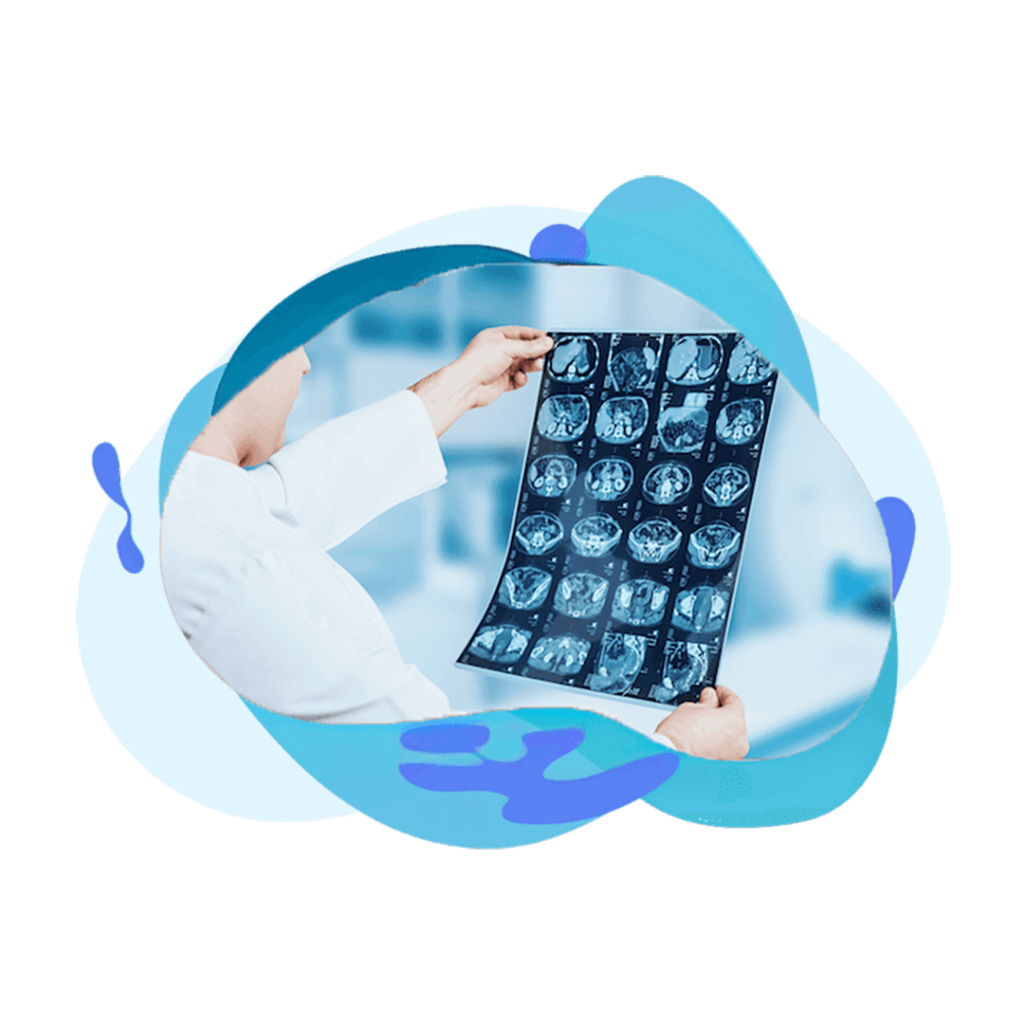

ipdtourism is your trusted partner for all your radiology needs in Iran. Our dedicated team specializes in providing comprehensive and hassle-free solutions for international patients seeking top-quality radiology procedures. From the moment you decide to embark on your radiology treatment journey to the successful completion of the procedure, Ipdtourism takes care of every detail.
Imaging and radiology
Imaging and radiology involve using various techniques to visualize the internal structures of the body for diagnostic purposes. These techniques include X-rays, CT scans, MRI, ultrasound, and nuclear medicine imaging. Radiologists interpret the images to aid in diagnosing and monitoring diseases, while radiographers perform the imaging procedures under their guidance. Imaging technology has greatly advanced medical diagnostics, allowing for early detection, precise treatment planning, and minimally invasive interventions. It plays a crucial role in modern healthcare.
Radiology meaning
Radiology is a medical field focused on using various imaging technologies, such as X-rays, CT scans, MRI, ultrasound, and nuclear medicine, to create detailed images of the body’s internal structures. Radiologists, who are specialized medical doctors, use these images for the diagnosis and treatment of a wide range of medical conditions, including fractures, tumors, infections, and organ abnormalities. This field encompasses both diagnostic radiology, which involves interpreting images to identify health issues, and interventional radiology, where imaging guidance is used to perform minimally invasive procedures for diagnosis and treatment, making it a fundamental and indispensable component of modern healthcare.
Radiologists are specialized medical doctors who focus on diagnosing and treating injuries and illnesses through the use of various medical imaging procedures, including X-rays, CT scans, MRI scans, nuclear medicine, PET scans, and ultrasound. They play a crucial role in identifying and interpreting images to provide accurate diagnoses and guide appropriate treatment plans.
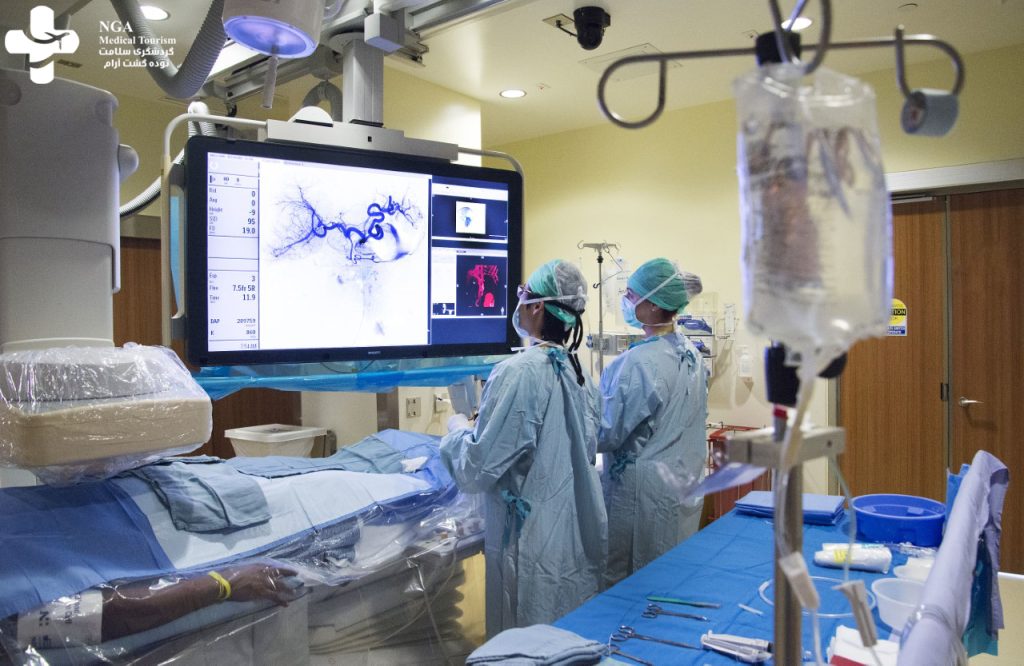
advanced radiology
“Advanced radiology” refers to the utilization of cutting-edge technology and techniques within the field of radiology. This typically involves the use of state-of-the-art imaging equipment and innovative approaches to diagnose and treat medical conditions. Advanced radiology techniques can include magnetic resonance imaging (MRI), computed tomography (CT) scans, positron emission tomography (PET) scans, and other specialized imaging modalities. These advanced tools allow radiologists to obtain high-resolution images and provide more precise and detailed information to aid in the diagnosis and treatment planning of various medical conditions.
radiology near me
Radiology services in Iran stand out as a regional leader with access to some of the most advanced equipment and technology in comparison to neighboring countries. Iran’s healthcare infrastructure has made significant investments in radiology, equipping many hospitals and diagnostic centers with state-of-the-art imaging technologies, including MRI, CT scans, and more. If you’re considering undergoing radiology procedures in Iran, we encourage you to get in touch with our dedicated team at ipdtourism. Our experienced professionals specialize in assisting international patients in accessing top-tier radiology services while ensuring a seamless and hassle-free experience throughout your medical journey.
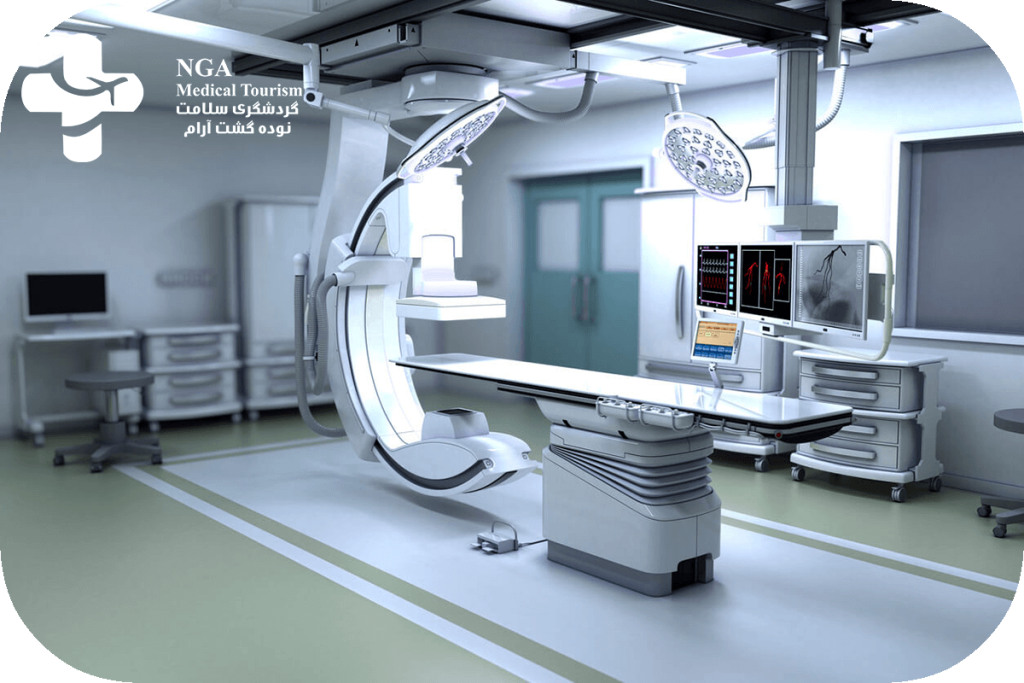
interventional radiology
Interventional radiology (IR) is a specialized medical field that employs minimally invasive techniques and advanced imaging technologies to both diagnose and treat a wide spectrum of medical conditions. These procedures, often performed through small incisions or catheters, are guided by real-time imaging, such as fluoroscopy, ultrasound, or CT scans, which provides precise visualization of internal structures. Interventional radiologists can address various health issues, including vascular disorders, cancer treatment, biopsies, and more. By offering less invasive alternatives to traditional surgery, IR enhances patient outcomes with reduced pain, shorter recovery periods, and fewer complications. This approach has transformed the landscape of modern medicine, making it an indispensable part of contemporary healthcare.
Interventional Radiologists
Interventional radiologists are medical professionals who use minimally invasive image-guided techniques such as X-rays and MRI to diagnose and treat patients. They skillfully navigate instruments through small incisions to reach the root of a medical issue and administer precise treatments for conditions like cancer, heart disease, stroke, and uterine fibroids. Compared to traditional surgery, these treatments offer less risk, pain, and recovery time.
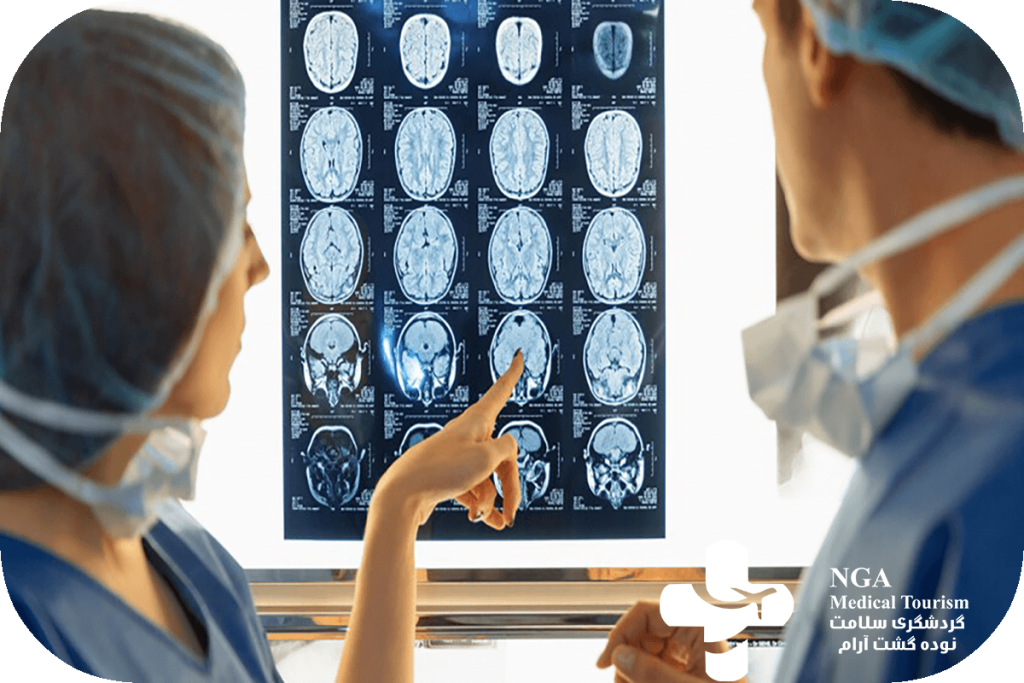
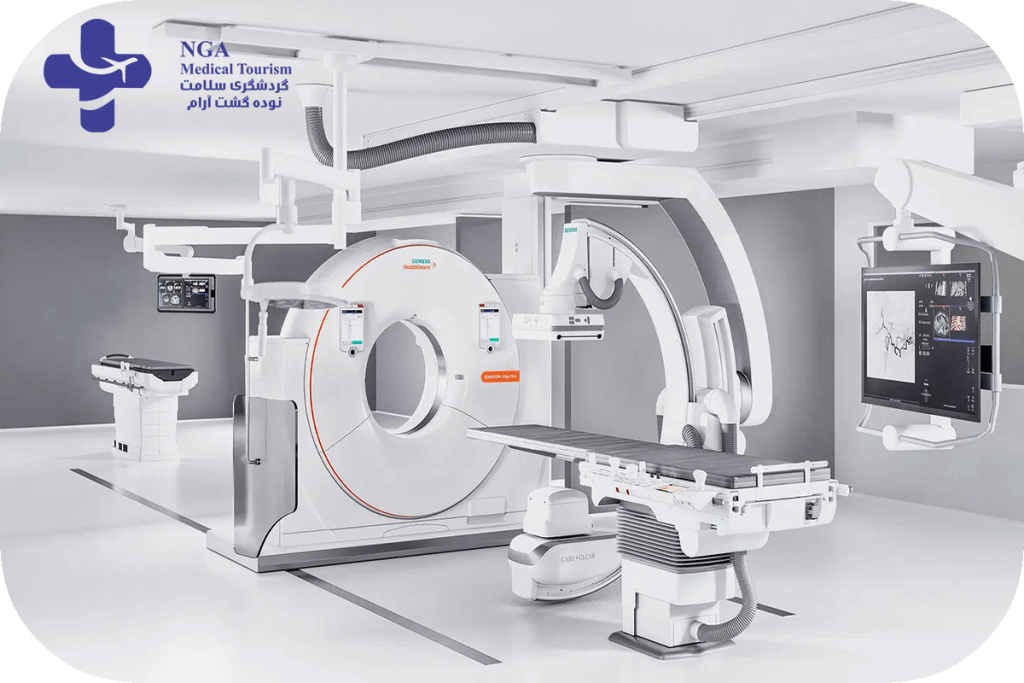
radiology department in Iran
A radiology department is a specialized area within a hospital or medical facility that focuses on the use of medical imaging technologies to diagnose and treat diseases and injuries. Radiology departments typically house advanced imaging equipment, such as X-ray machines, CT scanners, MRI machines, ultrasound machines, and nuclear medicine cameras. These technologies produce detailed images of the inside of the body, which are reviewed and interpreted by trained radiologists. Radiology departments may also offer interventional radiology procedures, which involve minimally invasive techniques to treat various conditions. The radiology department plays an important role in the overall healthcare system, working closely with other medical professionals to provide accurate diagnoses and effective treatments for patients.
Diagnostic Radiology
Diagnostic radiology plays a crucial role in healthcare by providing detailed imaging of internal structures in the body. Specialists known as diagnostic radiologists interpret these images to:
- Diagnose the underlying cause of symptoms
- Monitor the progress of treatments
- Screen for various conditions such as cancer or heart disease
Common diagnostic radiology exams include CT scans, fluoroscopy, MRI, mammography, nuclear medicine tests, plain x-rays, PET imaging, and ultrasound. These exams aid in accurate diagnosis and guide appropriate medical interventions, ensuring effective patient care.

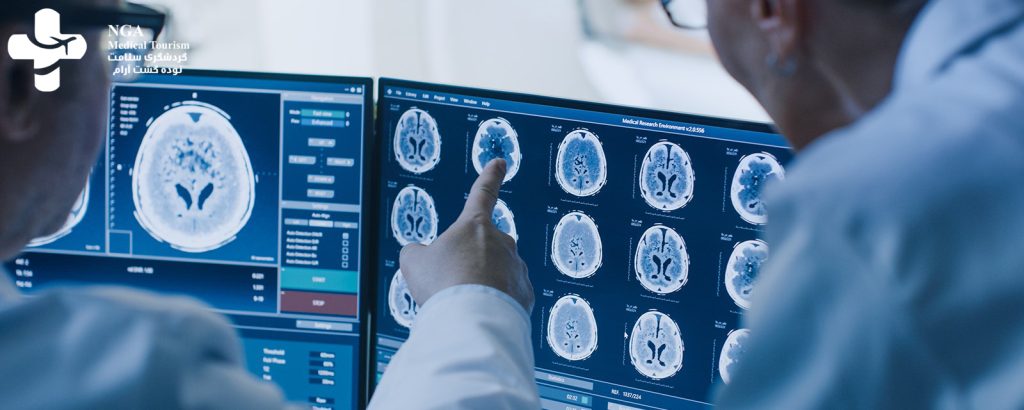
The history of radiology in Iran dates back to the early 20th century when X-ray technology was introduced and quickly integrated into the country’s healthcare system. Iranian pioneers in the field contributed to its growth, leading to the establishment of formal radiology departments in hospitals and the adoption of modern imaging technologies. Over the years, Iranian radiologists have engaged in research and international collaborations, making significant strides in the field. Challenges related to radiation safety and healthcare access have been addressed, resulting in a well-established and continually evolving field of radiology in Iran, offering advanced diagnostic and interventional services to its population. Iran is recognized today as a radiology hub in the region, offering advanced diagnostic and interventional radiological services. Its well-established healthcare infrastructure and expertise in the field have solidified its reputation as a radiology leader. The country’s commitment to research and technology ensures its continued prominence in the realm of radiology.
Read More: Orthopedic in Iran
Read More: Shoulder Replacement Surgery
Read More: Spinal cord injury treatment in Iran
Read More: Avascular Necrosis treatment in Iran
Read More: Paget Disease Of Bone treatment in iran
Radiology techniques (radiology tech)
Radiology encompasses various techniques for imaging the inside of the human body. Some of the primary radiology techniques include:
X-rays are used to create two-dimensional images of bones and other dense structures. They are commonly employed for detecting fractures, infections, and lung conditions.
CT scans use X-rays and computer technology to create detailed cross-sectional images of the body. They are valuable for diagnosing a wide range of conditions, including cancer, injuries, and vascular diseases.
MRI uses a strong magnetic field and radio waves to generate highly detailed images of soft tissues, such as the brain, muscles, and organs. It is particularly useful for neurological and musculoskeletal evaluations.
Ultrasound imaging employs high-frequency sound waves to produce real-time images of various body parts. It is frequently used for monitoring pregnancies and evaluating organs like the heart, liver, and kidneys.
This technique involves the use of small amounts of radioactive materials (radiopharmaceuticals) to create images of the body’s internal functions. It’s employed in diagnosing and treating conditions like cancer, thyroid disorders, and bone diseases.
Fluoroscopy provides real-time X-ray images that are useful for monitoring the movement of internal structures, such as the digestive system during barium studies or guiding minimally invasive procedures.
Radiologists use imaging guidance, often with fluoroscopy or ultrasound, to perform minimally invasive procedures like angioplasty, stent placement, and draining abscesses.
Mammography is a specialized X-ray technique for breast imaging, primarily used for breast cancer screening and diagnosis.
X-rays are used in dentistry to capture images of teeth and surrounding structures for diagnosis and treatment planning.

The cost of radiology services in Iran varies depending on several factors, including the type of radiological technique used, the location and facilities of the medical center, and the patient’s insurance coverage or healthcare plan. However, as a general trend, it can be stated that radiology services in Iran are often more affordable compared to neighboring countries and European nations. This cost advantage can be attributed to differences in the expenses associated with medical equipment, healthcare labor, and the exchange rate of the Iranian Rial (IRR) against foreign currencies in the healthcare market. For the most up-to-date pricing information, it is advisable to get in touch with our colleagues at IPDTOURISM for accurate and current rates.
Read More: IVF in Iran
Read More: What Is Ivf Procedure
Read More: Where Is The Cheapest Country For IVF In 2023?
Read More: Ivf Injections
Diagnostic radiology
Diagnostic imaging plays a crucial role in the medical field. It enables healthcare professionals to diagnose various conditions, monitor the progress of treatments, and screen for diseases such as breast cancer, colon cancer, and heart disease. By analyzing the diagnostic images, doctors can accurately identify and assess medical conditions, ensuring timely and effective care for patients.
A radiologist is a medical professional who specializes in producing and interpreting images of internal body areas. These images are generated using various techniques such as X-rays, ultrasound, or other forms of energy. Radiologists play a critical role in diagnosing and treating medical conditions by analyzing these images to gain insights into the patient’s health
Diagnostic radiology is a versatile medical field that can be used to identify a diverse range of health problems. It encompasses the use of various imaging techniques such as X-rays, CT scans, MRI scans, ultrasound, and nuclear medicine to visualize and analyze internal structures and organs. Through these imaging modalities, diagnostic radiology can help identify conditions such as broken bones, heart conditions, blood clots, gastrointestinal disorders, and many other medical issues, enabling healthcare professionals to make accurate diagnoses and develop appropriate treatment plans.
Medical imaging is a technology used by radiologists primarily for diagnostic purposes. While the term “radiology” may suggest the use of radiation, not all imaging techniques involve radiation. For instance, magnetic resonance imaging (MRI) and ultrasound utilize different technologies that do not rely on radiation for imaging. These non-invasive techniques provide valuable diagnostic information without exposing patients to ionizing radiation. By employing a variety of imaging modalities, radiologists can accurately diagnose and monitor various medical conditions, facilitating effective treatment and patient care.
Radiologists are doctors who specialize in interpreting medical imaging scans and making diagnoses, while radiographers are technicians who perform the imaging tests under the guidance of radiologists.
Radiography is a diagnostic imaging technique used to capture internal images of the body and detect diseases, abnormalities, or injuries. It involves passing an x-ray beam through the body to create images of the internal structures. These images help doctors diagnose and treat patients by identifying the presence of disease, foreign objects, or structural damage.
Possible symptoms include:
- Nausea and vomiting.
- Dizziness and disorientation.
- Weakness and fatigue.
- Hair loss.
Bloody vomit and stools from internal bleeding.
Computed Tomography (CT) is a medical imaging technique that utilizes x-rays to measure the attenuation (weakening) of the x-ray beams as they pass through different tissues in the body. Unlike conventional radiology, CT imaging reconstructs detailed images from a multitude of attenuation measurements. This allows for a more comprehensive and three-dimensional visualization of the internal structures and aids in accurate diagnosis and treatment planning.
And, while each career path deals with issues regarding patient diagnostics and testing, radiologists are generally doctors trained to read and interpret imaging scans, while radiographers are medical technicians who perform diagnostics imaging tests. Radiologists usually do not perform the imaging tests.

A procedure using a flexible tube with a camera to examine the internal organs.

A non-invasive imaging method that uses high-frequency sound waves to create images of the body’s internal structures.
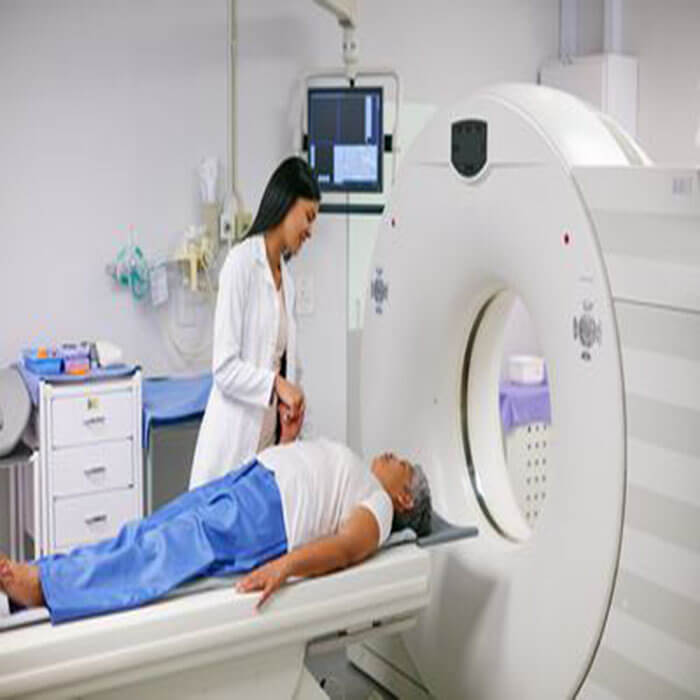
A CT scan specifically designed to visualize the blood vessels in the lungs.
